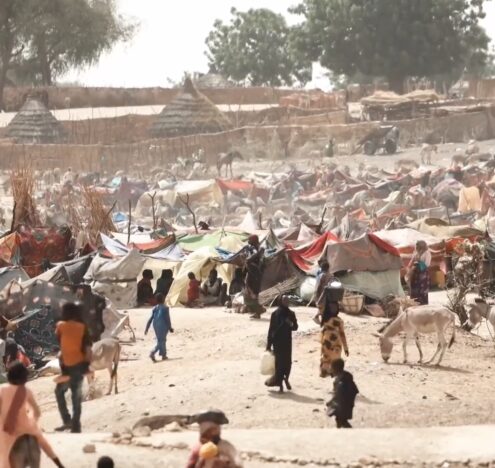While the international community quarrels over a course of action in the Syrian province of Idlib, large numbers of displaced Syrians are returning to Syria and, more specifically, to “de-escalation zones” meant to keep returning refugees out of harms way. Since 2015, the UN reported that some 260,000 refugees have returned to Syria. On one hand, this is great, and indicative of a decrease in violence. On the other, improved security is unlikely to last inside these zones.
While Russia’s proposed plan for Syria – de-escalating the conflict between the Syrian opposition and the Syrian government in four areas – seems to be working in some, it has yet to produce a reliable course of action for fighting Al-Qaeda in the largest of these areas. The plan’s principal sponsors – Russia, Turkey, and Iran – have struggled to produce an agreed-upon solution for decreasing violence in Syria and countering the remaining terrorists across the country. This week, they will meet for the sixth round of talks in Astana. Will the sixth time be a charm?
Participants in the Astana Process face two critical challenges in the sixth round of talks opening on September 14th. First, the dominance of Al-Qaeda’s latest terrorist entity in Syria, Hay’at Tahrir al-Sham (HTS), poses a substantial challenge to the long-term security and stability of the country. While the international community is focused on defeating ISIS, HTS has continued to dig its heels deeper into Syria’s northern province of Idlib and expand to other pockets across the country. To truly de-escalate conflict in the long term, the Astana backers need to unseat HTS across Syria, starting in Idlib. However, it is yet to be seen if the folks at the table can agree on a course of action. The last round of talks in July ended with little progress, hindered by competing interests. And in the absence of a solution, HTS have grown stronger, consolidating power in the province by defeating many of the remaining “moderate” opposition groups.
Second, the increasing number of displaced Syrians returning to Syria before conditions are stable poses a direct threat to the durability of the de-escalation zones and the safety of those living inside. Idlib already hosts millions of civilians and lacks the infrastructure and humanitarian assistance to provide for thousands more. Widespread refugee returns to Syria risk exacerbating an already precarious humanitarian situation and risk placing thousands of Syrian civilians into the middle of a war zone.
Removing HTS from Syria is necessary for a lasting peace. But this will require an extensive counterterrorism campaign inside of Idlib. Such an operation would drive thousands from their homes and result in the deaths of thousands more. If displaced Syrians return to regions under HTS control, it will result in a long-term humanitarian catastrophe when that territory becomes a battlefield.
Overcoming these challenges hinges on the success of the Astana talks this week. The longer it takes sponsors to reach a solution to the conflict, the harder it will be to achieve a lasting peace.





















